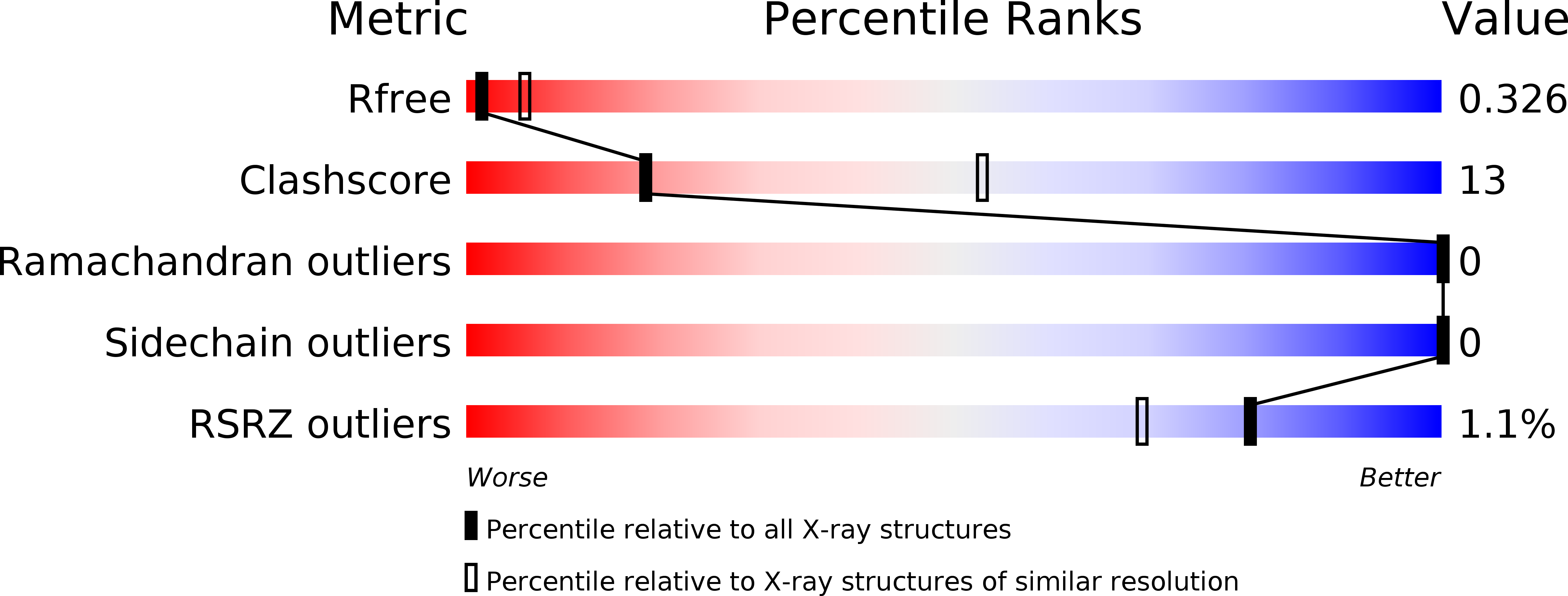
Deposition Date
2014-07-08
Release Date
2015-07-29
Last Version Date
2023-09-20
Entry Detail
PDB ID:
4QTR
Keywords:
Title:
Computational design of co-assembling protein-DNA nanowires
Biological Source:
Source Organism:
Drosophila melanogaster (Taxon ID: 7227)
Host Organism:
Method Details:
Experimental Method:
Resolution:
3.20 Å
R-Value Free:
0.32
R-Value Work:
0.26
R-Value Observed:
0.27
Space Group:
P 42 2 2


